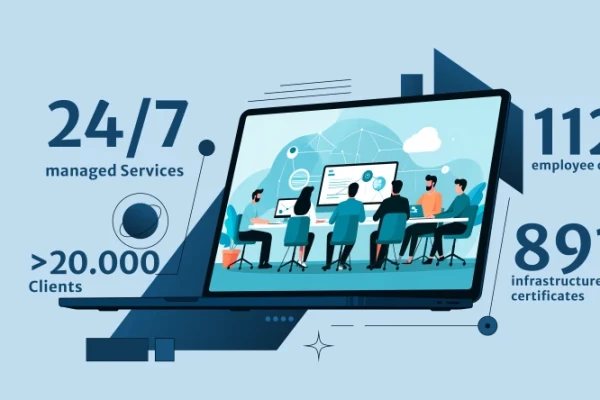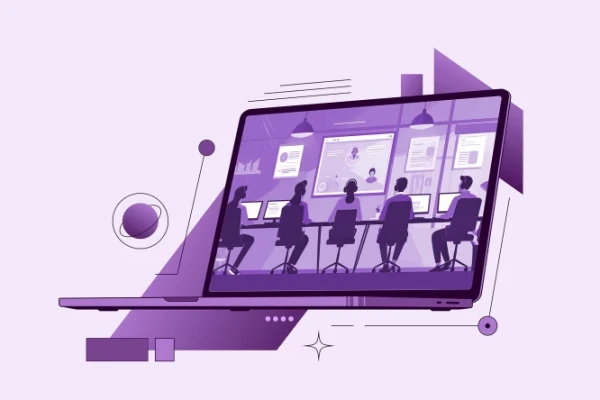Digital Employee Experience
Why DEX should be indispensable for companies
In the current world of work, there is a topic that has been gaining in importance for some time, but is often overlooked: Digital Employee Experience (DEX). But what exactly is behind it and why should companies keep an eye on it?
What is Digital Employee Experience?
In short, Digital Employee Experience is about how employees experience their digital work tools - from the software they use every day, to communication and collaboration tools, to the IT services that make their work easier (or more difficult). It is about how well or poorly digital work processes are designed and what influence this has on employee satisfaction and productivity.
Why is DEX so important?
At a time when skills shortages and digitization are driving workflows, companies cannot afford to neglect the employee experience. Studies show that a positive digital experience boosts productivity and significantly improves satisfaction. And satisfied employees are not only more loyal, but also more motivated to drive innovation.
In practice, this means that the right digital tools and seamless access to information can make all the difference. Think about the daily work processes in a company: If employees can access systems quickly and efficiently, do their work without complication or disruption and use modern, user-friendly technologies in the process, not only will work become more pleasant, but also more effective. You are “in flow”, so to speak.
DEX: The perspective is shifting - people are taking center stage
A decisive change in the way digital employee experience is viewed is the change in perspective. Where the focus used to be on technology and employees had to adapt to it, the focus is now shifting to the needs and expectations of employees. Companies that invest in DEX no longer ask: “What technology do we need?”, but rather: “What technology do our employees need to do their work in the best possible way?” This human-centered approach, also known as Enduser Experience Management (EUEM), looks at the performance and effectiveness of IT operations from the employee’s perspective. This not only improves employee satisfaction, but also ensures that technical investments are targeted and efficient.
A key aspect of this is access to relevant data. Companies need to understand how their employees actually work and which tools and technologies they really need to be productive. Data on work processes, software usage patterns and employee feedback help to make informed decisions. When used correctly, automation can speed up tedious processes and reduce downtime. Only those who recognize the needs of employees through a solid database can ensure that the technology used is the right one.
Proactive instead of reactive: what companies can do now
The topic is wide-ranging and has many facets that are worth taking a closer look at. From remote work strategies to digital onboarding processes to collaboration tools - designing an optimal digital employee experience is a task that requires strategic thinking.
But don’t worry, we are at the beginning of an exciting journey. In the next few blog posts, we will dive deeper into specific topics and show you how you can improve your digital employee experience in a targeted manner. Because one thing is clear: DEX will be a decisive competitive factor in the future. Digital Employee Experience is not a “nice-to-have”, but an indispensable building block for corporate success and directly influences how efficiently and satisfied your employees work.
Jens Reichardt
Business Development Executive
E-Mail: jreichardt@spirit21.com
Jens is an expert in the field of device management and Modern Workplace. Whether it’s iOS, Android, Windows or macOS, you are in the best hands with Jens if you have any questions.




